About
会社情報
- 会社名
- 株式会社DeepX
- 住所
- 〒113-0034 東京都文京区湯島三丁目21番4号第一三倉ビル3階 GoogleMaps
- 設立
- 2016年4月22日
- 代表者
- 代表取締役 冨山翔司
- 資本金
- 9.1億円(資本準備金含む)
- 主要株主
- 冨山翔司、松尾豊、(株)経営共創基盤、未来創生2号ファンド、(株)フジタ、SBIインベストメント株式会社
- 電話
- 03-6240-0261
- info@deepx.co.jp
取締役紹介
-
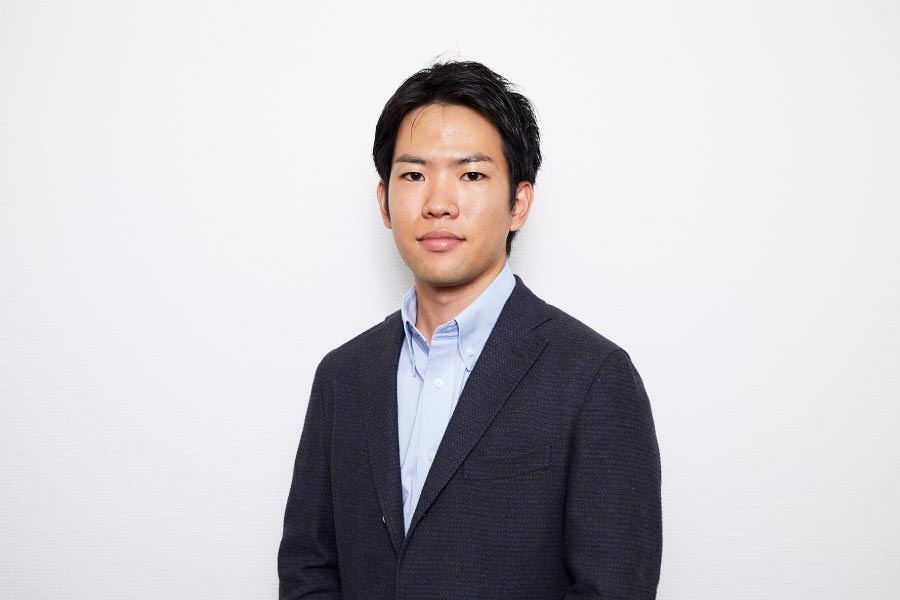
代表取締役
冨山翔司
東京大学工学部を卒業後、同大学大学院工学系研究科修士課程を工学系研究科長賞を受賞し卒業。学部三年より東京大学松尾研究室にて深層学習の研究に打ち込み、また企業との共同研究プロジェクトをリーダーとして多数牽引。DeepX入社後、油圧ショベル自動操縦プロジェクト等、従来自動化が困難とされてきた領域での自動化プロジェクトを手がける。2019年6月に取締役就任、2023年1月に共同代表取締役に就任。現在、代表取締役CEO。
-
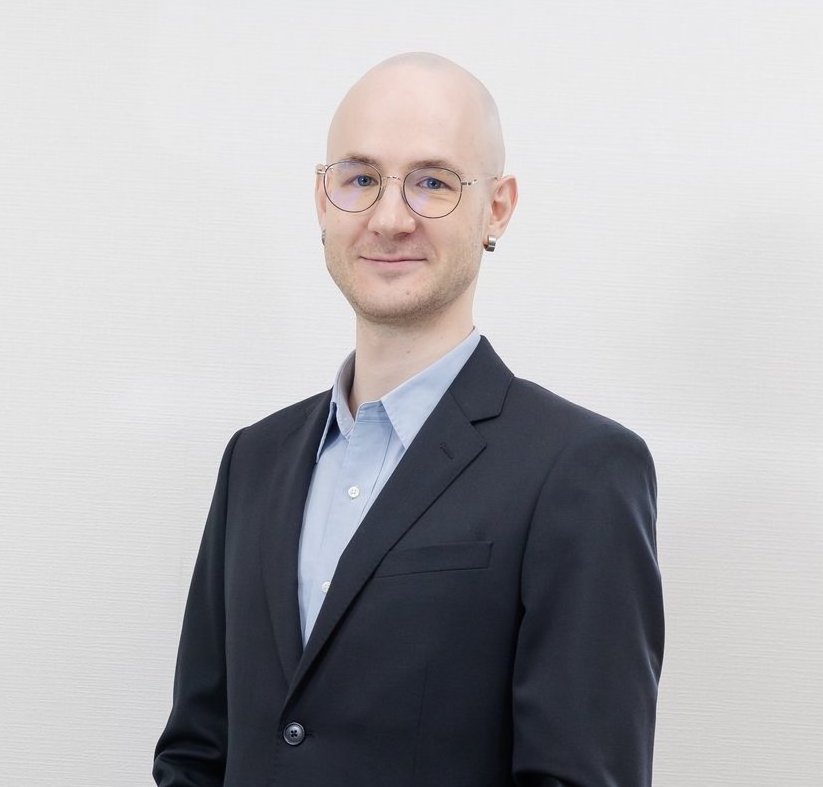
取締役
Neverov Dmitry
ロシアのサンクトペテルブルク大学で理論物理学の修士号を取得後、2016年に文部科学省の奨学金を得て来日。名古屋大学で実験素粒子物理学の研究を続ける。2020年4月に物理学ソフトウェアエンジニアとしてDeepXに入社。2022年にエンジニアリング部長に就任し、2023年6月に取締役に就任。
アドバイザー・連携法人
-
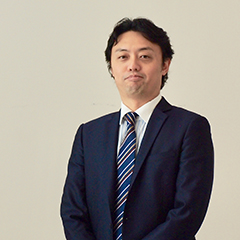
技術顧問
松尾豊
2002年、東京大学大学院 工学系研究科電子情報工学 博士課程修了、博士(工学)。2005年、スタンフォード大学客員研究員。2007年東京大学大学院工学系研究科准教授。現在、東京大学大学院工学系研究科教授。
-
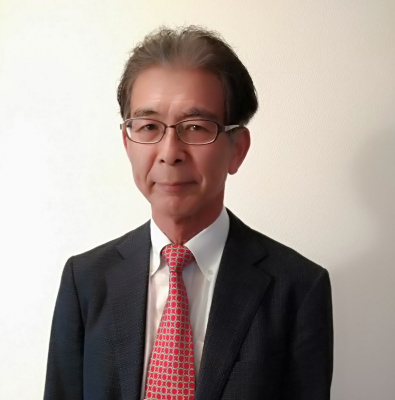
顧問
伊藤淳
1978年4月、建設省入省し、国土交通省大臣官房審議官、国土交通省国土交通大学校長などを歴任。退職後、一般社団法人全国建設業協会専務理事、全国建設研修センター理事長などを歴任。
-
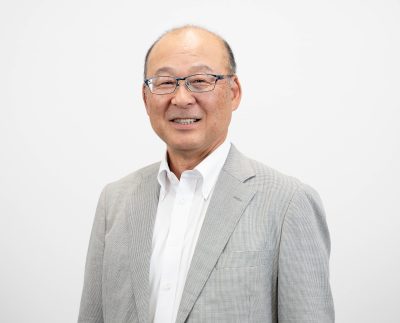
顧問
渕田誠一
1984年に株式会社小松製作所に入社し、主に油圧ショベル開発に携わる。英国コマツ・コマツアメリカへの赴任を経て、2014年執行役員就任。その後、常務執行役員開発本部長、専務執行役員CTO兼開発本部長を歴任。現在、渕田技研代表。
-
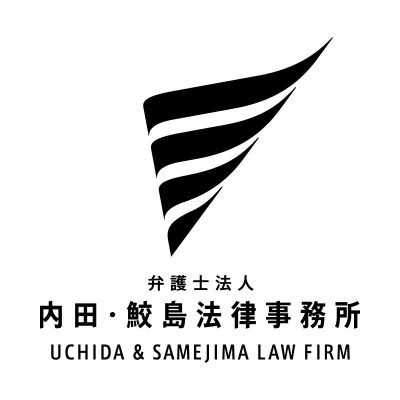
顧問
内田・鮫島法律事務所
技術的バックグランドや社会人経験を保有する多様な弁護士を集めた法律事務所。当社の知財戦略や技術法務を中心にご支援いただいております。